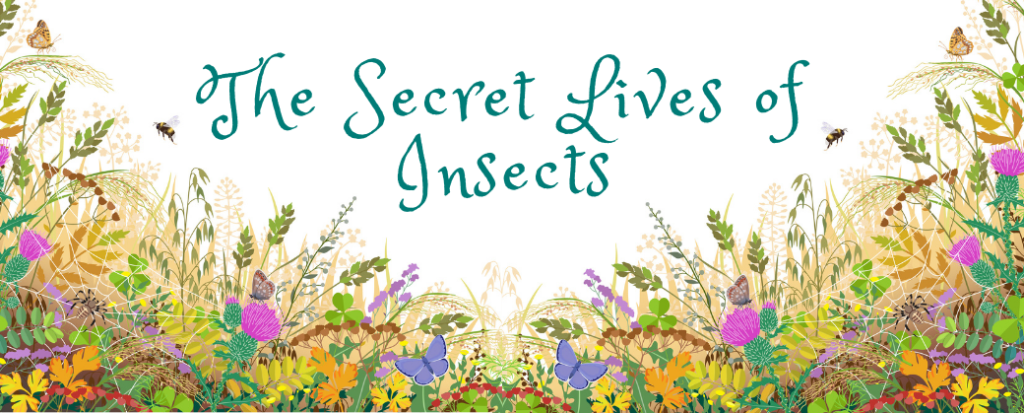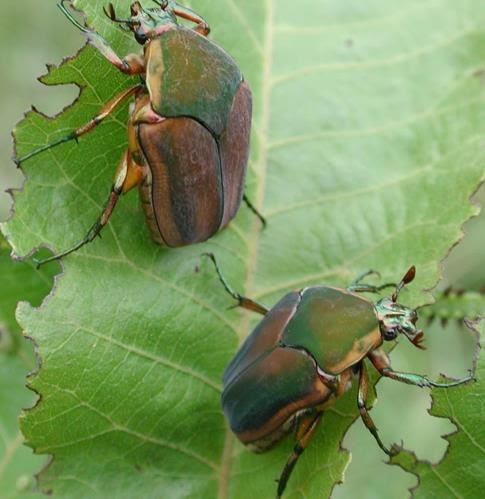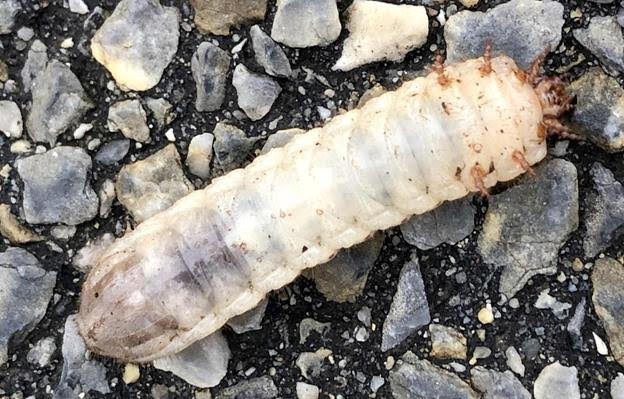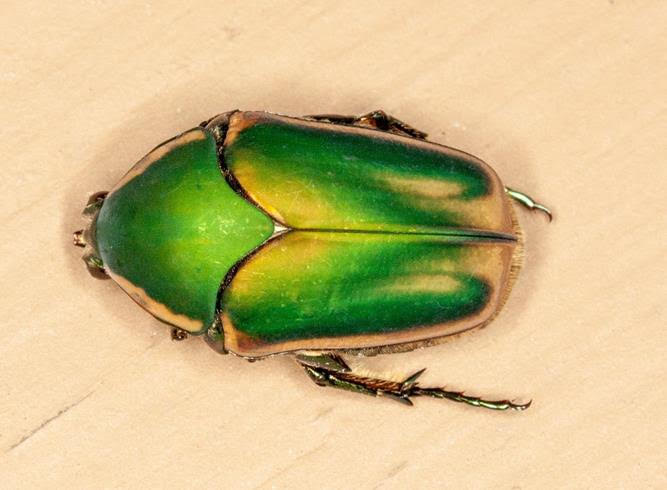
The Scarab Beetles Are Coming! Exotic Jewels of the Orient or Upside Down Racers?
By Judy Ferris, ACLT Guest Blogger
Scarab. The word conjures up images of ancient Egypt, where a pantheon of animal-gods presides over both the weak and the mighty. Incense swirls amidst the bejeweled robes of powerful pharaohs. Scarab Beetles (specifically Dung Beetles) rose to prominence in this mystical world about 1500 BC. It all started when it was observed that dung beetles consistently rolled balls of ox dung from east to west. Just like the daily movement of the sun! Thus, the lowly Scarab Beetle became associated with the Gods. Specifically Kephri, god of the morning sun, who was thought to roll the sun into the eastern sky each morning and bury it in the west each evening. In fact, when hard at work, dung beetles really DO face east. It is a means of staying oriented as the beetle deftly rolls huge dung balls with its hind legs while facing backwards.
Click below for a 3-minute not-to-be-missed Dung Beetle Video. Everything you always wanted to know about dung rolling but were afraid to ask.
In ancient Egypt, the humble, dung-rolling Scarab Beetle eventually became a symbol of immortality, resurrection, and transformation. Scarab amulets, scarab stone carvings, and scarab images proliferated throughout the kingdom. Now THAT’S something an insect can brag about! (Sorry, no Scarab T-shirts.)


Unfortunately, here in Maryland, our most familiar representatives of the Scarab family are not the sacred dung-rollers of yore. Our most commonly observed Scarabs are June Bugs, Japanese Beetles, and jewel-like Green June Beetles. Today, we’ll focus on those gorgeous green and gold beetles with the monster appetites; Green June Beetles (Cotinus nitida).
When it comes to Green June Beetles, the larvae (especially the 3 rd larval stage), are more intriguing than the adults. These chubby grub babies are not going to win any beauty contests, but you do have to admire their unique adaptations. Green June Beetle larvae spend the majority of their grub-hood in burrows underground, feeding on roots and organic material. They sometimes emerge from their burrows at night to feed on nearby plants but return to their burrows as the sun rises. Heavy rains, however, can sometimes flood the grubs out of their burrows and set them to wandering in search of a new home.

Perhaps you are wondering “What are those little brown things sticking out near the head?” They look like miniature antennae, but in fact they are vestigial legs. The legs are too small to drag the heavy grub. Thus, this larva moves from place to place upside down! Yes, this is another of those extraordinary work-arounds derived by Mother Nature. Clearly, when legs and heads were handed out millions of years ago, Green June Beetle larvae were not paying attention. That tiny pin-head surely must have been earmarked for some other creature. And those pathetic, skyward-pointing brown legs? Never intended to transport a plump grub the size of a whole peanut. But don’t worry! Mother Nature to the rescue! She created a back-up system for the Green June Beetle grub. The grub’s back is upholstered with stiff bristles for traction and tough, road-gripping skin. Thus equipped, the grub is able to zoom on its back at speeds of 2 1/2 feet per minute! Before you start poo-pooing this velocity achievement, just try this method of locomotion yourself. Upside down, legs and arms in the air. OK, I admit it. Not being a goddess of abdominal muscles myself, I was dismayed to discover that, in a race, the speedy’ Green June Beetle grub would have passed me in 5-6 minutes and would be doing a victory dance at the finish line while I was still squirming at the start line!

Green June Beetles finally emerge from the ground as adults in June and July. Just imagine! The adult phase of life must be a heady whirlwind of discovery. After nearly a year of tunneling underground, emerging adults experience a totally new world of sunshine, rain, wind, flight, other Green June Beetles, sex, and an endless buffet of greenery and fruit. Their moment to frolic in the sun, however, is fleeting. In a few short weeks, eggs are laid for the next generation and the adults will die.
Though we may no longer worship Scarab Beetles, even the lowliest insects have their virtues. Like nature’s janitors, Scarabs convert what we consider to be waste material (dung, rotting plant material) into protein and fats. Large beetles such as scarabs are increasingly scarce world-wide, yet are an important source of fat and protein for birds. Scarab grubs are vital links in the food chain; high quality nutrition in a plump, defenseless package! A fat grub is a welcome treat for opossums, raccoons, skunks, birds, snakes, and even other insects. Next time you are buzzed by a low-flying Green June Beetle, take time to ponder its revered dung-rolling cousins, its high food value to wildlife, and of course, its unique upside down grub locomotion. Mother Nature definitely has a sense of humor!